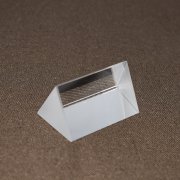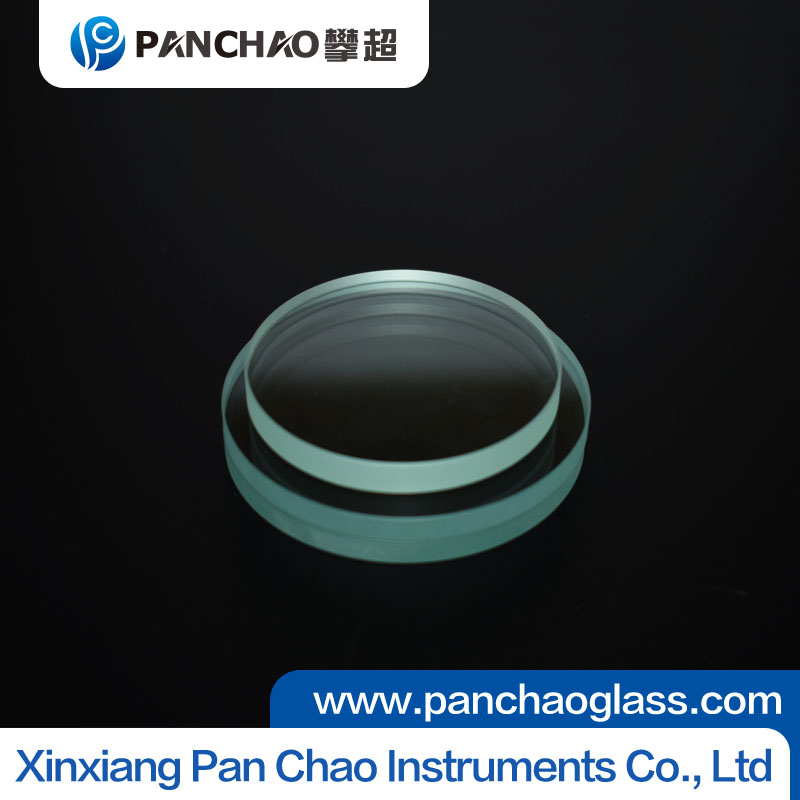
Thermal Stability of Borosilicate Glass: Why It’s the Industrial Material of Choice
Borosilicate glass has long been recognized as one of the most reliable materials in industrial and laboratory applications, largely due to its outstanding thermal stability. Its ability to withstand drastic temperature changes without cracking or deforming makes it the preferred choice for equipment exposed to heat, pressure, and chemical stress.
1. Composition and Structure
Borosilicate glass is composed primarily of silica (SiO₂) and boron trioxide (B₂O₃), with small amounts of alkali and aluminum oxides. This unique formulation gives it a low coefficient of thermal expansion—about one-third that of standard soda-lime glass. As a result, it expands and contracts minimally under temperature fluctuations, preventing stress-induced fractures.
2. Exceptional Thermal Resistance
This glass type can typically endure continuous use up to 450°C and withstand short-term exposure to temperatures near 500°C. More importantly, it resists thermal shock up to 170°C or more, allowing it to transition safely between hot and cold environments—a crucial property in chemical reactors, viewing windows, and laboratory glassware.
3. Industrial Applications
Because of its stability, borosilicate glass is widely used in pressure gauges, sight glasses, pipelines, and lighting systems. In laboratories, it’s ideal for flasks and beakers that face rapid heating and cooling cycles. Its ability to resist both thermal and chemical stress ensures durability in harsh industrial environments.
4. Comparison to Other Materials
While quartz glass can tolerate higher temperatures, it’s more costly and harder to process. Borosilicate offers an ideal balance between performance, cost, and manufacturability, which explains its dominance in industrial applications.
Conclusion
With its low thermal expansion, excellent heat resistance, and durability, borosilicate glass remains the industrial standard for high-temperature and thermally demanding operations.
Related articles
- Sight Glass Selection Guide for High-Temperature Environments
- Comparison of Borosilicate, Quartz, and Tempered Glass: Three
- Protective Measures Against Tempered Sight Glass Explosion
- Key Precautions for Secondary Processing of Tempered Glass
- Future Trends: How Smart Equipment Is Shaping New Demands for
- Challenges and Solutions in Processing Extra-Thick Sight Glas
- Limitations and Precautions in Secondary Processing of Temper
- Custom Small Glass Tube Case Study: From Drawing to Finished
- Impact Resistance of Tempered Small Glass Tubes: Advantages a
- Can Tempered Glass Tubes Withstand High Pressure? Experimenta

Xinxiang Pan Chao Instruments Co., Ltd.
Tel: +86 13343800331
Contact person:Carrie Niu
Fax: 0373 303 0331
Email:sales@panchaoglass.com






